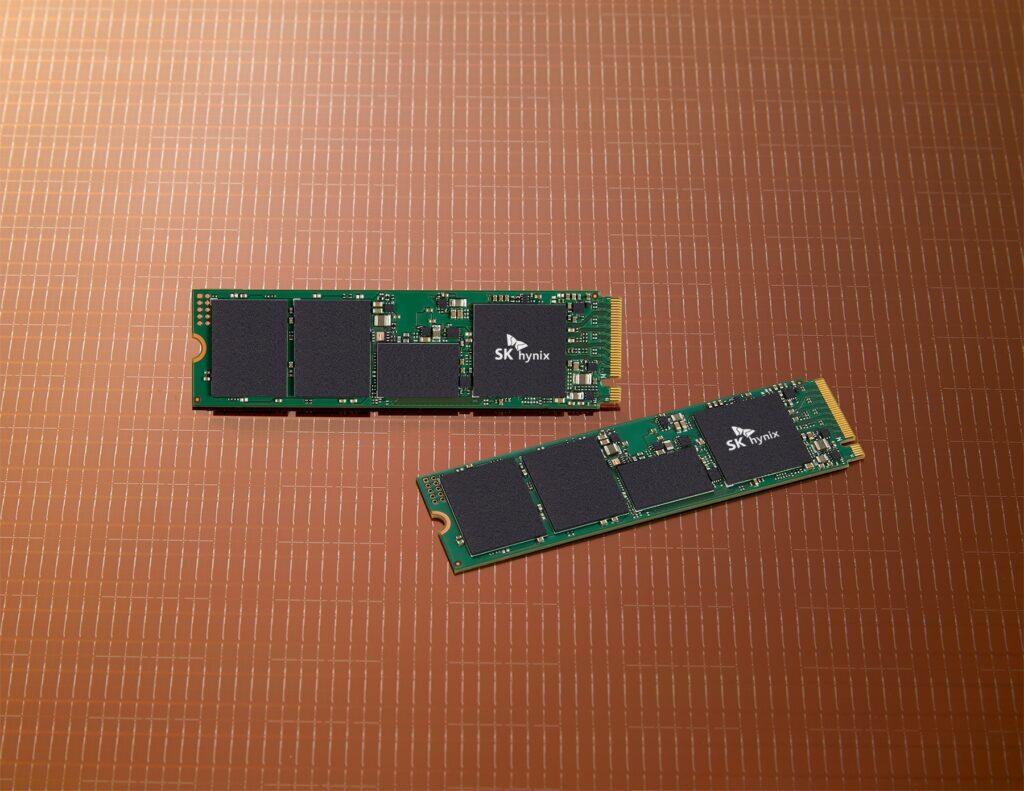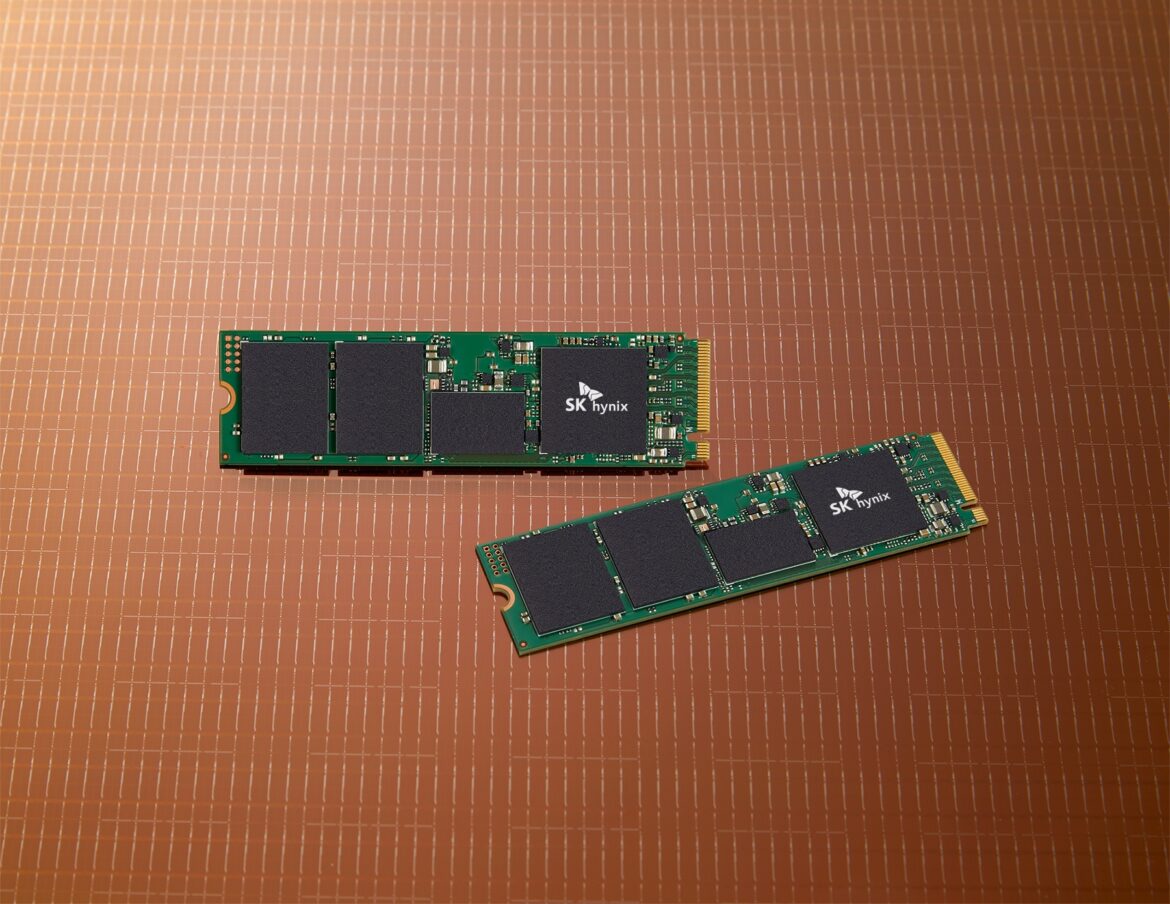SK hynix has announced the start of mass production for its 238-layer 4D NAND Flash memory. First announced back in August 2022, this represents a significant leap forward in NAND technology and stands out for its manufacturing efficiency as it offers a 34% increase compared to the previous 176-layer generation.
SK hynix has announced the start of mass production for its 238-layer 4D NAND Flash memory. First announced back in August 2022, this represents a significant leap forward in NAND technology and stands out for its manufacturing efficiency as it offers a 34% increase compared to the previous 176-layer generation.

In short, SK hynix’s new NAND technology is comprised of memory cells stacked in 238 vertical layers, allowing for higher storage density. It utilizes a 4D stacking architecture for increased data storage within a smaller physical footprint compared to earlier generations like 3D NAND. This will allow for higher-capacity NAND packs on SSD boards. SSDs with this NAND have not yet been announced, but it should show up in the next generation of both enterprise and client SSDs from SK hynix and Solidigm.
In addition to its improved density, the 238-layer NAND Flash memory is expected to deliver exceptional performance gains. With a data-transfer speed of 2.4Gb per second, a 50% increase from the previous generation, and approximately 20% faster read and write speeds.
After successful product compatibility tests with a major global smartphone manufacturer, SK hynix is also preparing to supply the 238-layer NAND Flash memory for smartphones. As such, mobile users can expect an enhanced user experience and improved overall performance with devices that incorporate this new, advanced NAND technology.
This advancement translates into improved cost competitiveness, helping to further position the company as a frontrunner in the semiconductor industry. Incidentally, Micron places a lot of weight on its leadership in the “NAND layers wars” in its messaging. The new SK hynix NAND levels that playing field again as the two companies scrap for every percentage of market share available to lock in the number two spot behind Samsung.
Engage with StorageReview
Newsletter | YouTube | Podcast iTunes/Spotify | Instagram | Twitter | TikTok | RSS Feed

